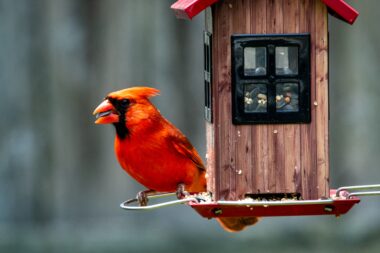We assume that since everyday items like shampoo, soap and shower curtains are for general sale that they’re probably not toxic for us. But in the US, less than 1% of consumer products are tested for human safety. These items don’t come with a giant “toxic for humans – do not use” warning, but maybe they should. In 2016, the Project TENDR released a national Call To Action to drastically reduce exposure to chemicals and pollutants. They emphasized many of the chemicals found in everyday products can result in neurodevelopmental disorders, including autism and attention-deficit disorders. To minimise your exposure, avoid these 10 toxic things found in your home.

1. Air Fresheners
The first on our list of toxic things found in your home are air fresheners. The US leads the world in air freshener use with 27% of the global market. And 72.8 % of Americans use air fresheners once a week. But all of these sweet smells come at a cost to your health and the environment.
Toxicology Report
Dangerous Chemicals: Phthalates, formaldehyde, limonene, ethanol, benzene, toluene, and xylene.
Impacts: Respiratory problems, mucosal symptoms, migraines, skin problems, asthma, neurological problems, cognitive problems, gastrointestinal problems, cardiovascular problems, musculoskeletal problems and immune system problems.
Air fresheners emit over 100 different chemicals, but you wouldn’t know it since less than 10% of all volatile ingredients are listed on product labels. A study by the University at Berkeley found that air fresheners used indoors emit levels of toxic pollutants that could lead to health risks. Most commonly, people report respiratory problems, mucosal symptoms, migraines, skin problems and asthma from exposure. “Green” or more eco-friendly air fresheners aren’t much better, reported to emit similar levels of carcinogenic pollutants.
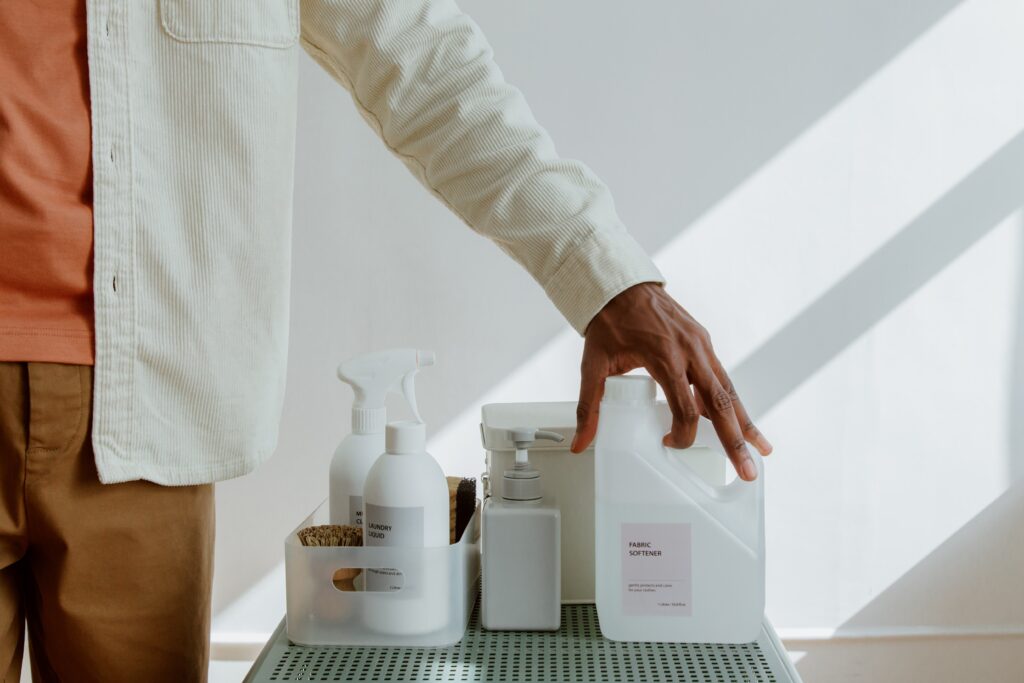
2. Fabric Softener
Next on our list of toxic things found in your home is fabric softener. Having grown up in a household that believed fabric softeners were “bad for you”, I learned to live with crunchy clothes. But it wasn’t until recently that I discovered fabric softeners weren’t just bad for you, but they’re also really bad for the environment. Fabric softeners work by coating your clothes in a layer of chemicals like quaternary ammonium salts, or “quats”.
Toxicology Report
Dangerous Chemicals: Phthalates, distearyldimonium chloride, acetaldehyde, 1,4-dioxane, methyl ethyl ketone, chloromethane, linalool, methylisothiazolinone, and glutaral.
Impacts: allergies, skin irritations such as dermatitis, difficulty breathing and potential reproductive harm, headaches, cancer, and toxic to marine life.
According to the Association of Occupational and Environmental Clinics, these chemicals are “asthmagens”. An asthmagen can cause asthma to develop in healthy people. Even fabric softeners for babies or those with sensitive skin may still contain quats. These chemicals enter the air and waterways polluting the environment and marine life. One of the best ways to reduce your exposure is by removing fabric softener from your laundry routine. Opt for a natural alternative like half a cup of white vinegar per wash if you really miss the softness.

3. Non-Stick Cookware
Non-stick might seem like a dream when it comes to washing up, saving you time scrubbing pots and pans. But when you look at the toxic chemicals you’re exposed to, they might seem like more of a nightmare. To get that slippy surface, cookware is covered in a material known as polytetrafluoroethylene (PTFE). PTFE, also known as Teflon, starts to break down and release gasses when heated to high temperatures. These gasses are highly toxic to humans, animals and the environment.
Toxicology Report
Dangerous Chemicals: Polytetrafluoroethylene (PTFE), Perfluorooctanoic Acid (PFOA) also known as C8
Impacts: ulcerative colitis, high cholesterol, pregnancy-induced hypertension, thyroid disease, testicular cancer, kidney cancer, reproductive problems, fever, shivering, sore throat, weakness and fatal to birds.
The EWG found in two to five minutes on a conventional stovetop, non-stick cookware emits toxic particles and gasses linked to pet bird deaths and an unknown number of human illnesses each year. The fumes produced from Teflon are also linked to “polymer fume fever“, which causes fever, shivering, sore throat and weakness. While it might be tempting to save some time, avoid non-stick and opt for cast iron instead.

4. Oven Cleaners
Next on our list of toxic things found in your home are oven cleaners. While oven cleaners are great at removing grease, they’re not so great for you or the environment. Oven cleaners work by breaking down grime through their high levels of alkalinity, often as high as 14. It’s this high PH level that can also cause burns or irritation if it gets on your skin. If swallowed, they can cause vomiting, burns, swelling and blisters.
Toxicology Report
Dangerous Chemicals: lye (sodium and potassium hydroxide), Ethylene glycol, polymers, butoxydiglycol, methylene chloride, petroleum distillates, pine oil
Impacts: corrosive to skin, eyes and internal organs, respiratory tract irritant, if ingested – vomiting, burns, swelling and blisters, if inhaled – shortness of breath, coughing and chest pain.
It isn’t just dangerous getting it on your skin, if inhaled it can cause shortness of breath and chest pain. Even worse, if in the eyes, it can corrode and cause ulcers. Self-cleaning features on ovens are known to be just as toxic. They release carbon monoxide and polymer fumes due to the high heat levels. In addition to being toxic for your home, oven cleaners also harm the environment. Toxic chemicals are released into the air and end up in landfills or waterways polluting the environment around it. When cleaning your oven, opt for a safer and eco-friendly solution with baking soda, water and vinegar instead.
For more sustainable cleaning check out our 5 Eco-Friendly DIY Home Cleaner Recipes
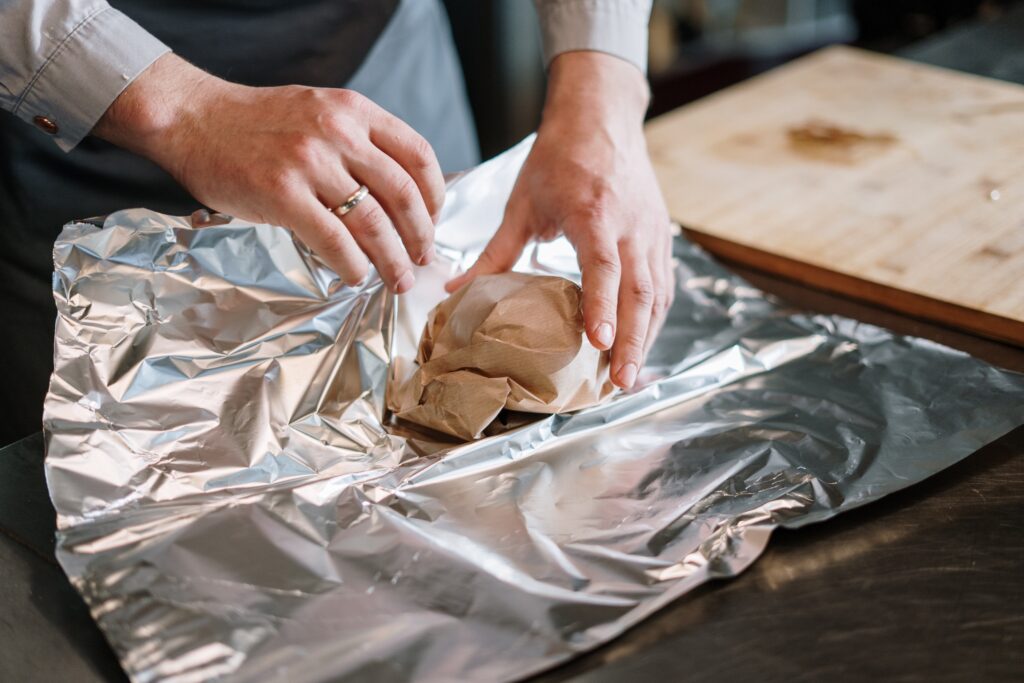
5. Aluminum Foil
Aluminum foil is much loved in the United States with 97% of Americans using aluminum foil in 2020. It’s used to line baking trays and grills, store leftovers, even polish silverware. But as useful as this material is, it might not be that safe for you to use.
Toxicology Report
Dangerous Chemicals: Aluminum
Impacts: decreases growth rate of brain cells, Alzheimer’s disease, Parkinson’s disease, dialysis encephalopathy, bone disorder
Due to its durability and ease of use, one of the most popular uses for aluminum foil is cooking food. Unbeknownst to most of the population though, aluminum foil is ok for food storage but not safe for cooking. Studies show that aluminum foil can contaminate food when it’s used for cooking. Aluminum seeps into food, some more than others, at unacceptable levels for the human body. This can be particularly harmful to those with bone diseases or renal impairments. It’s also been known to reduce the growth rate of brain cells. Avoid aluminum foil when you can, store food in glass containers and cook directly on the grill instead.
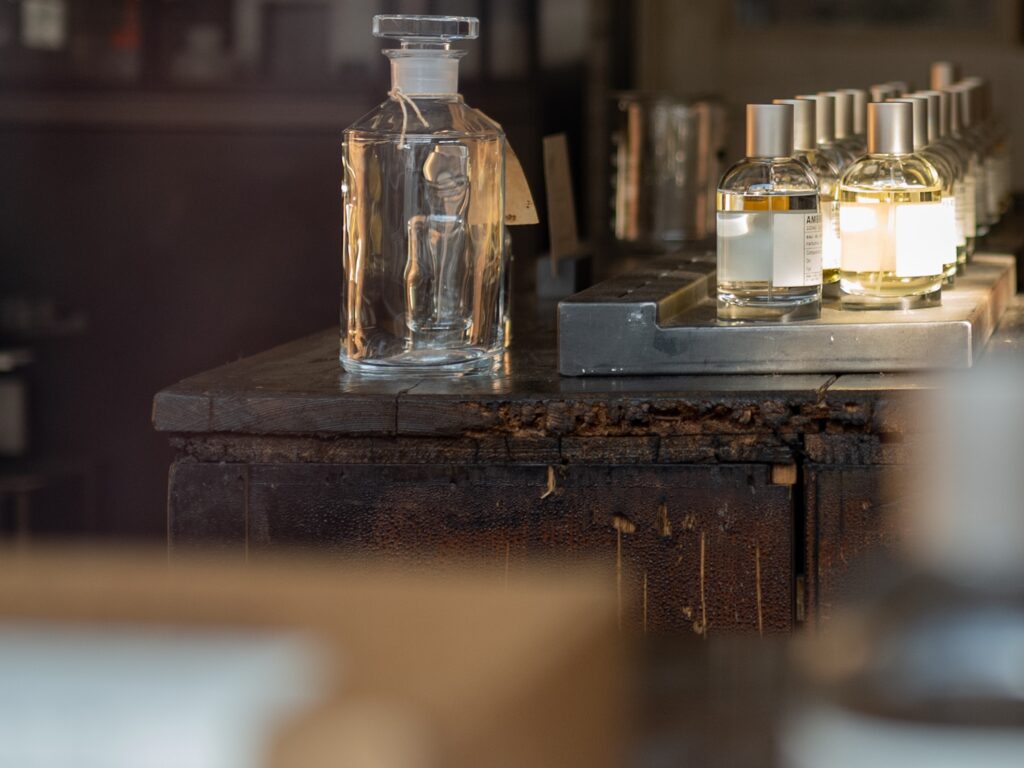
6. Perfume
Next on our list of toxic things found in your home is perfume. The global perfume industry is projected to reach 43.2 billion by 2028. In 2020 alone, over 40% of Americans bought fragrances and 1.74 million spent $500 or more on them. While perfumes are clearly popular, they also contain toxic and harmful chemicals.
Toxicology Report
Dangerous Chemicals: Benzaldehyde, camphor, ethyl acetate, benzyl acetate, linalool, acetone and methylene chloride
Impacts: dizziness, nausea, drowsiness, irritation to throat, eyes, skin, and lungs, kidney damage and headaches – when inhaled, dyschromia, allergic contact dermatitis, photosensitivity (phototoxicity and photoallergy), cancer, birth defects, and hormone disruption.
A single fragrance can contain anywhere between 50-300 different ingredients. But these ingredients are rarely listed anywhere since they’re “trade secrets”. And it’s almost impossible to make an informed decision as a consumer when the ingredients list is empty. A 2018 study found fragrance products have the highest percentage of hazardous chemicals of all personal care products tested. Fragranced products are associated with a wide range of negative health effects, like migraines, asthma attacks, respiratory difficulties, and neurological problems. Additionally, fragrances are the most common chemicals causing contact dermatitis.

7. Mattress
The global mattress industry is worth 50 billion USD in 2022, projected to grow to 72.9 billion by 2029. Foam mattresses are the second most popular type of mattress, next to spring mattresses. In recent years, foam mattresses have been found to contain toxic materials. But it goes beyond that, the EWG states that most mattresses on the market contain harmful chemicals.
Toxicology Report
Dangerous Chemicals: Volatile organic compounds (VOCs)
Impacts: headaches, nausea and dizziness, nasal irritation, allergic reactions, neurological problems, liver and kidney damage, cancer, fertility problems and miscarriage.
Most mattresses contain polyurethane foam. Polyurethane foam emits harmful chemicals called volatile organic compounds, or VOCs, that can cause respiratory irritation and other health problems. They also contain flame retardant chemicals linked to cancer, and hormone disruption and PVC that can damage developing reproductive systems.
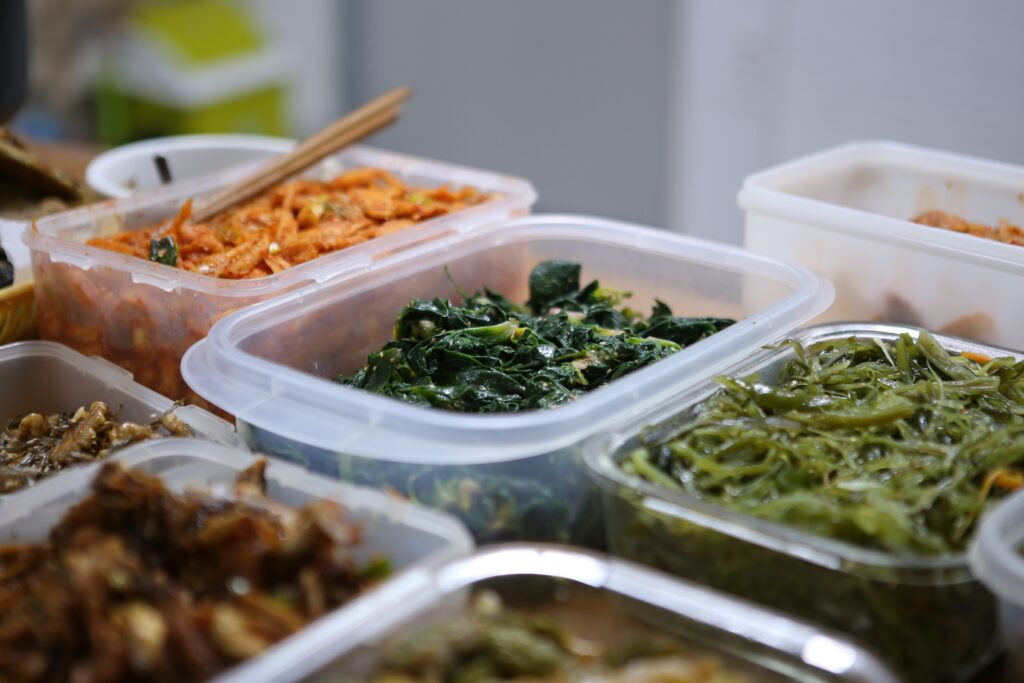
8. Plastic Food Containers
Next on our list of toxic things found in your home are plastic food containers. Popular plastic food container usage first began in 1973 when the polyethylene terephthalate, or PET, bottle was first patented. Used initially for drink bottles, plastic quickly spread as a popular container for most food and drink. By 2021, the global plastic containers market was valued at 58 USD billion.
Toxicology Report
Dangerous Chemicals: bisphenol A (BPA), bisphenol S, acetaldehyde, formaldehyde, 2,4-di-tert-butyl-phenol (2,4-dtBP) and bis(2-hydroxyethyl) terephthalate
Impacts: adverse developmental, reproductive and neurological effects, metabolic disorders such as diabetes and obesity, asthma, birth defects and cancer.
Most plastic containers are still made from Polyethylene Terephthalate, but PET is known to leak antimony. Antimony is harmful to the eyes, skin and internal organs lungs, heart, and stomach. Bisphenol A, or BPA, a common chemical used in plastic containers was recently replaced, with containers now sporting “BPA-free” labels. But these replacement chemicals, BPS and BPF have similar effects. In addition to being bad for humans, PET doesn’t easily break down. It turns into microplastics that last hundreds of years and damage marine life. When possible, avoid plastic and opt for glass containers instead.
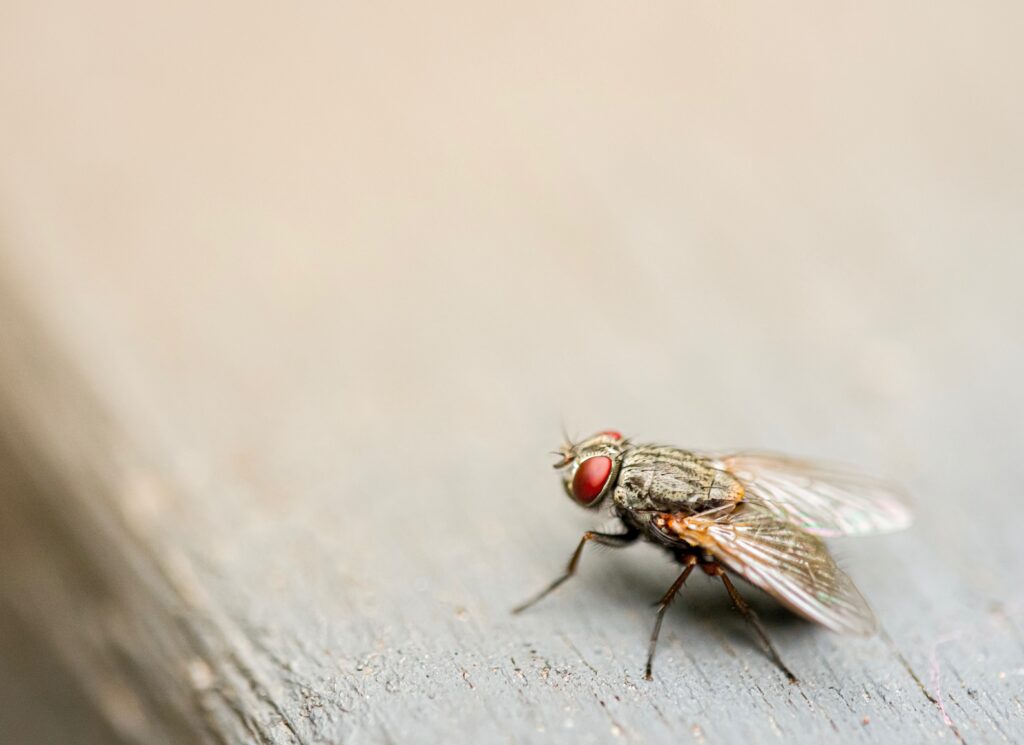
9. Bug Spray
In 2018, the global insect repellant industry was worth 3.6 billion USD and it’s on the rise. By 2020, 60% of Americans used insect repellant, with 30% using DEET based products. One of the causes for the rise in usage, is the increase in mosquito-borne diseases. Due to global warming, diseases like malaria and dengue are becoming more prevalent. There’s also been an increase in the number of bed bugs and cockroaches in recent years, growing 50% each year. Naturally, to combat more insects people are using more bug sprays.
Most bug sprays contain DEET (N,N-diethyl-m-toluamide, or N,N-diethyl-3-methylbenzamide), one of the most effective ingredients at repelling insects. But DEET has also been linked to harmful health effects. Higher concentrations of DEET have been associated with seizures and even death. While there are alternatives to DEET based products on the market, little research has been done on their safety. Most use citronella oil or lavender oil applied topically for protection. But their effectiveness is also short-lived. A safe, long-lasting insect repellent is needed and it seems we don’t have any available today.
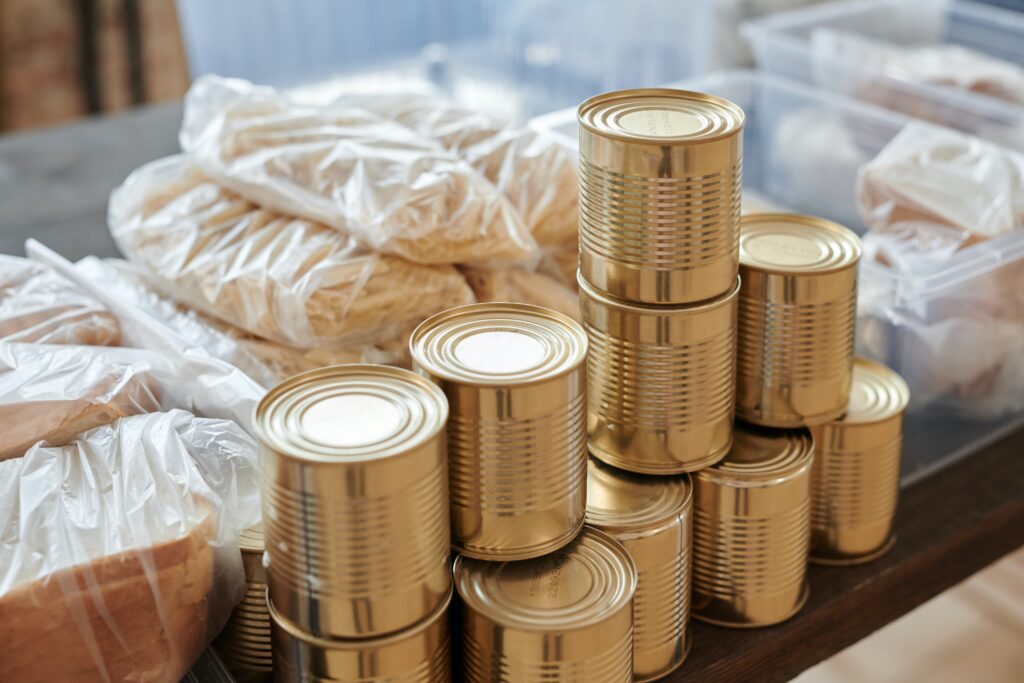
10. Canned Food
Last on our list of toxic things found in your home is canned food. In 2019, the global canned food market was worth 91.9 billion USD. North America held 39% of the global market share with over 65% of the population in the United States eating canned foods. Canned foods are extremely popular due to their convenience, affordability and availability. Canning can help preserve and extend the shelf-life of many foods. But canned food may also be contaminated with harmful chemicals.
Toxicology Report
Harmful Chemicals: Bisphenol A (BPA)
Impacts: hormone-disrupting chemical linked to male infertility, heart disease, diabetes and cancer.
Most canned food manufacturers used Bisphenol A (BPA) to line cans for years. But due to rising concerns around the health implications of BPA, they were phased out of use. However, according to a study in 2017, BPA was still in use in 38% of cans tested. BPA is widely known as a harmful chemical with links to diabetes, obesity, heart disease, and cancer. According to the Can Manufacturers Institute, alternatives to BPA are in use, but it’s still unclear how safe they are. Until the safety of alternatives is more known, try to limit or avoid canned food where possible.
Sustayn is designed to present the most useful recommendations for environmentally friendly approaches and items. We update links when possible, but note that links can be broken and subject to change.



